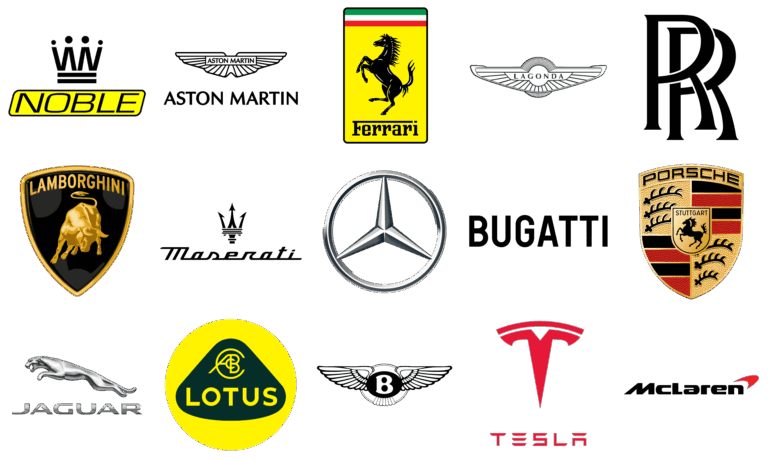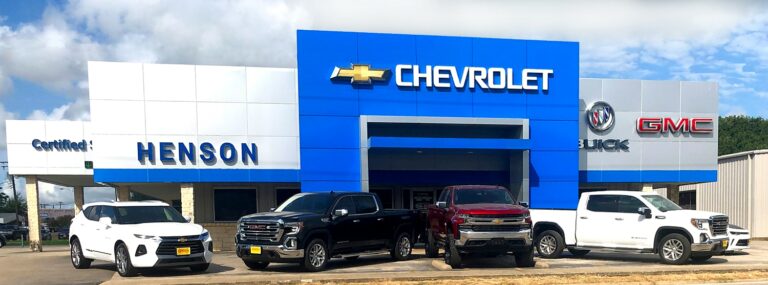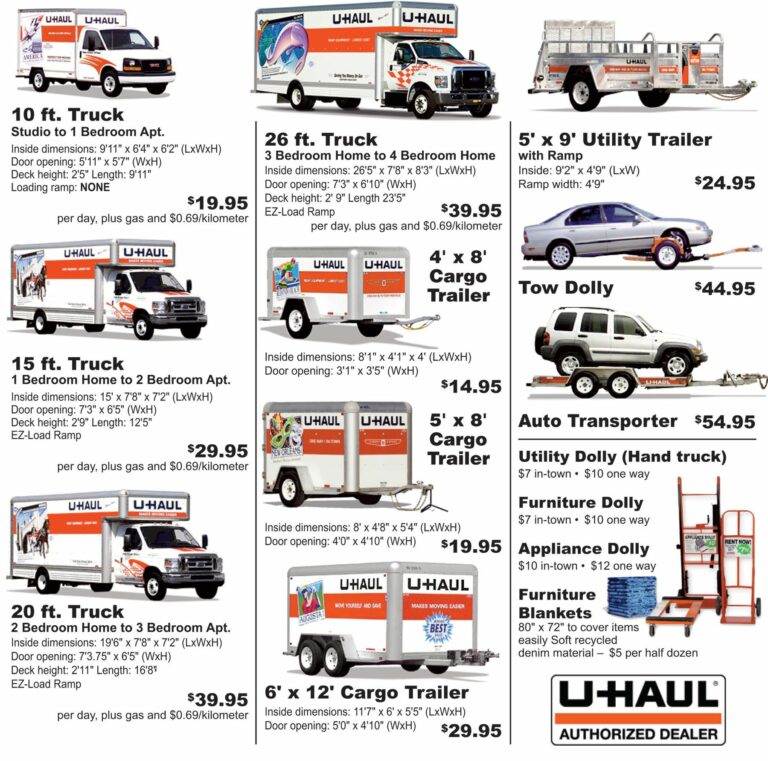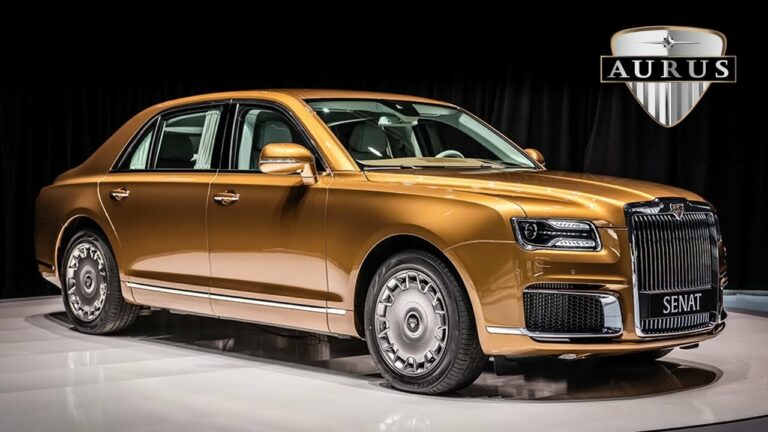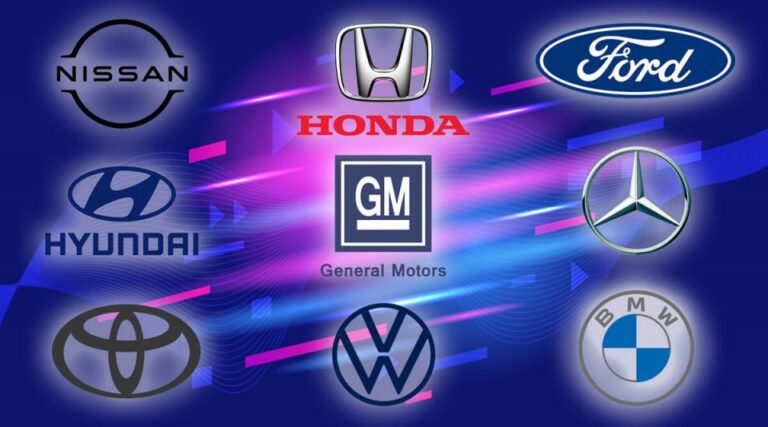What Is The Classic American Semi Truck?
What Is The Classic American Semi Truck? cars.truckstrend.com
In the vast landscape of American industry and culture, few vehicles hold as iconic a status as the classic American semi truck. Far more than mere machines for hauling freight, these magnificent beasts are symbols of rugged individualism, boundless freedom, and the relentless spirit of the open road. With their distinctive long noses, gleaming chrome, and powerful rumble, they embody a golden age of trucking, a time when form and function merged to create true legends of the highway. Understanding what defines a classic American semi truck means delving into its unique design philosophy, the manufacturers who built them, and the enduring appeal that continues to captivate enthusiasts and professionals alike.
These aren’t just old trucks; they are a rolling testament to American ingenuity and the demanding life of the long-haul trucker. They represent a legacy built on durability, power, and a commitment to a specific aesthetic that prioritized driver comfort and a commanding presence over the more utilitarian designs often seen elsewhere in the world.
What Is The Classic American Semi Truck?
The Anatomy of a Legend: Defining Characteristics
The classic American semi truck is instantly recognizable due to a set of distinct features that set it apart from its international counterparts and even many modern domestic designs.
- The Conventional Cab Design (Long Nose/Bonneted): This is arguably the most defining characteristic. Unlike the "cab-over-engine" (COE) designs prevalent in Europe and Japan, classic American semis feature a prominent hood extending forward, housing a large engine. This design allows for easier engine access for maintenance, provides a smoother ride due to the engine acting as a shock absorber, and offers a unique aesthetic that truckers have long preferred for its spaciousness and sense of security.
- Powerful, Large-Displacement Diesel Engines: The heart of a classic American semi is its engine, typically a robust, high-torque diesel from manufacturers like Cummins, Caterpillar, or Detroit Diesel. These engines were designed for immense pulling power over long distances, often sacrificing fuel efficiency for sheer grunt. The characteristic roar and vibration of these powerful motors are integral to the classic truck experience.
- Chrome, Chrome, and More Chrome: A classic American semi is a veritable showcase of polished chrome. From the massive grilles and bumpers to fuel tanks, exhaust stacks, wheels, and even interior accents, chrome is a signature element. It’s not just decorative; it symbolizes pride of ownership, craftsmanship, and the truck’s status as a working piece of art.
- Spacious Sleeper Cabs: For drivers spending weeks on the road, the sleeper cab became a home away from home. Classic designs evolved to offer increasingly comfortable and customizable living quarters behind the driver’s seat, complete with beds, storage, and sometimes even small kitchens or entertainment systems, emphasizing driver comfort and well-being on long hauls.
- Manual Transmissions: While automated manual transmissions (AMTs) dominate modern fleets, classic American semis were almost exclusively equipped with multi-speed manual transmissions (e.g., 10-speed, 13-speed, 18-speed). Mastering these gearboxes was a hallmark of a skilled driver, offering unparalleled control over the truck’s power and momentum.
- Air Ride Suspension: To cushion the ride for both the driver and sensitive cargo, air ride suspension systems became standard. These systems use compressed air to support the chassis, providing a remarkably smooth journey even over rough terrain, contributing significantly to driver comfort.
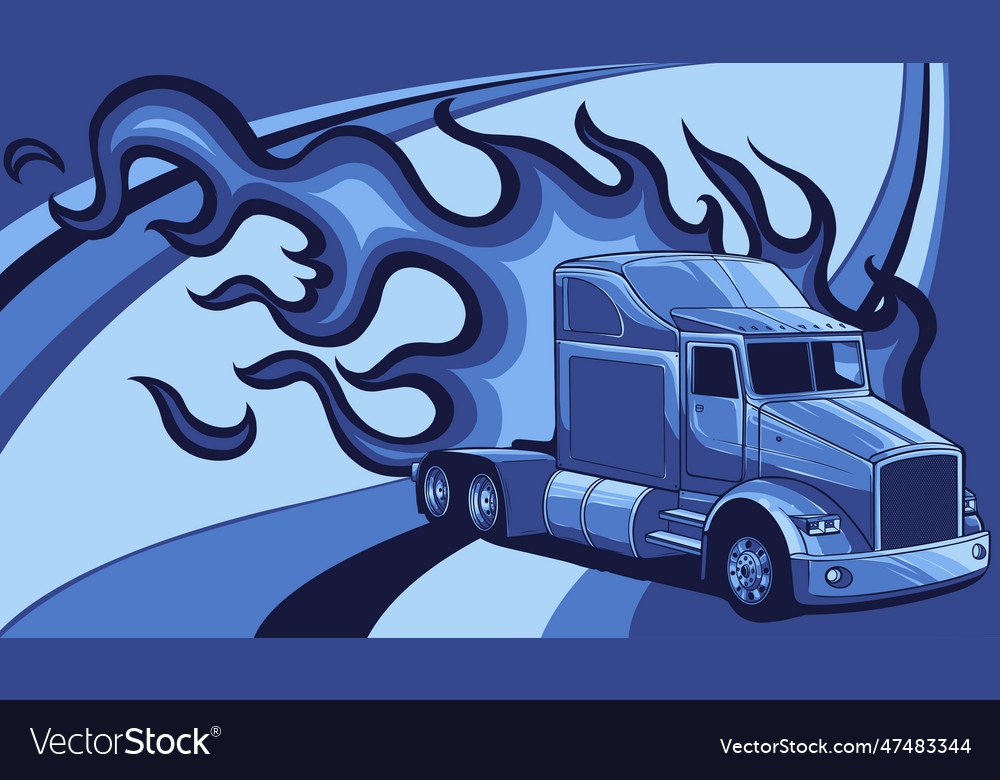
Iconic Models and Manufacturers
The legacy of the classic American semi truck is built on the shoulders of legendary manufacturers and their timeless models.
- Peterbilt: Often referred to as "The Class of the Industry," Peterbilt trucks are synonymous with luxury, style, and customization. Models like the Peterbilt 379 (produced until 2007) and its successor, the Peterbilt 389, are perhaps the quintessential classic American semis, celebrated for their elegant lines, gleaming chrome, and spacious, driver-centric interiors. They are highly sought after for both work and show.
- Kenworth: Known for their rugged durability and performance, Kenworth trucks are often dubbed "The World’s Best." The Kenworth W900, particularly the W900L (Long Hood), stands as an enduring icon. It shares many aesthetic similarities with the Peterbilt 379/389 but boasts its own loyal following, prized for its robust construction and timeless design.
- Freightliner: While Freightliner has evolved significantly towards more aerodynamic and modern designs, earlier models like the FLD series (especially the FLD120) captured the classic American conventional look. Freightliner’s strength lay in its widespread availability and reputation for being a reliable workhorse, making it a common sight on highways.
- Mack: Instantly recognizable by its iconic bulldog hood ornament, Mack trucks have a reputation for being tough, dependable, and powerful, especially in vocational applications like construction and refuse hauling, though their highway models also carried the classic aesthetic. The Mack R-Model is a prime example of their classic highway pedigree.
- Western Star: Often considered a more bespoke or custom-built option, Western Star trucks emphasize heavy-duty construction and a classic, no-nonsense appearance. They appeal to owner-operators who prioritize ruggedness and a distinctive, personalized feel.
- International Harvester / Navistar: With a long and storied history in trucking, International (now Navistar) produced numerous conventional models that contributed to the classic American semi truck landscape, known for their reliability and widespread use across various industries.
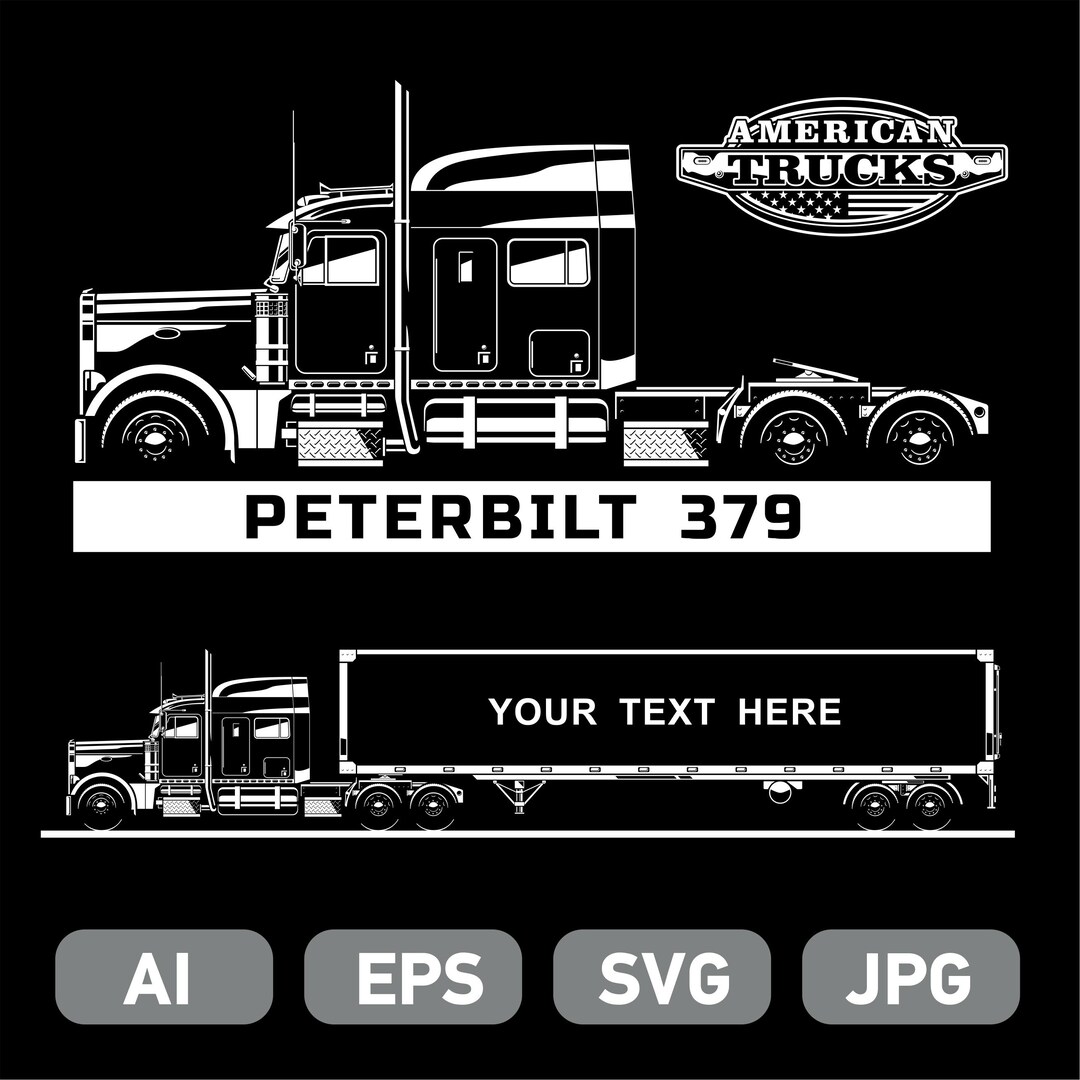
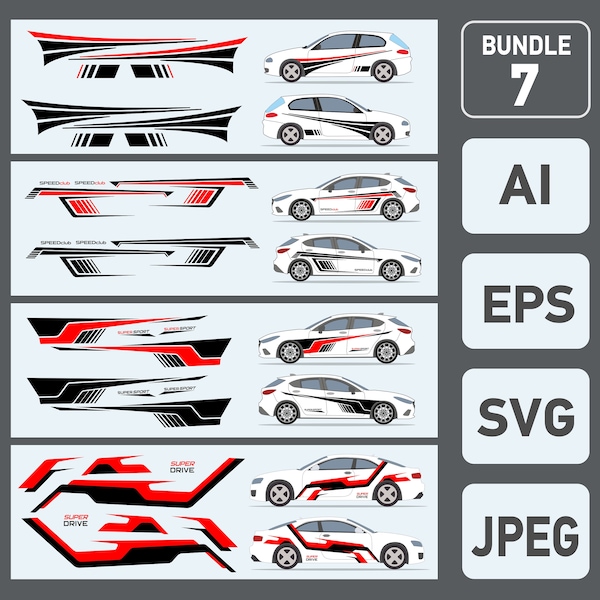
The Enduring Appeal: Why Classic Trucks Persist
Despite advancements in technology and aerodynamics, the classic American semi truck continues to hold a powerful allure for several compelling reasons:
- Nostalgia and Heritage: For many, these trucks evoke a romanticized vision of the open road and the golden age of American trucking. They represent a tangible link to a bygone era of simpler mechanics and a strong sense of community among drivers.
- Driver Preference and Pride: Many veteran drivers prefer the visibility, perceived safety (due to the engine acting as a crumple zone), and the sheer comfort of a long-nosed conventional. The ability to personalize a classic truck with custom paint, lighting, and chrome fosters immense pride of ownership.
- Customization Potential: Classic trucks are a blank canvas for personalization. Owners can spend countless hours and dollars transforming them into unique works of art, reflecting their personality and passion. This customization culture is deeply embedded in the American trucking scene.
- Durability and Longevity: Built with robust, often over-engineered components, many classic trucks are incredibly durable. With proper maintenance, they can last for millions of miles, often outliving several modern trucks. Their simpler mechanical systems also make them easier to repair for experienced mechanics.
- Resale Value and Collector’s Market: Well-maintained or meticulously restored classic American semis can command significant prices in the collector’s market, often appreciating in value. They are not just tools but investments and cherished possessions.
- Simplicity of Maintenance: Compared to modern trucks laden with complex electronics, sensors, and emissions controls, classic trucks are generally more straightforward to diagnose and repair, appealing to owner-operators who prefer to do their own maintenance.
Challenges and Considerations for Owning/Operating a Classic
While the appeal is undeniable, embracing a classic American semi comes with its own set of considerations:
- Fuel Efficiency: Older, less aerodynamic designs combined with powerful, large-displacement engines generally result in significantly lower fuel efficiency compared to modern, streamlined trucks. This can impact operating costs for working trucks.
- Emissions Regulations: This is perhaps the biggest challenge. Many classic trucks predate modern emissions standards (like EPA 2007 or EPA 2010). Operating them in certain states or regions, particularly California, can be difficult or impossible without costly retrofits (e.g., Diesel Particulate Filters – DPFs) or specific exemptions.
- Technology Gap: Classic trucks lack modern safety features such as Advanced Driver-Assistance Systems (ADAS), collision mitigation, lane departure warning, and stability control. They also typically lack integrated telematics and advanced diagnostics.
- Parts Availability: While common wear items are usually available, finding specific body panels, interior components, or unique engine parts for very old or obscure models can sometimes be a challenge, requiring extensive searching or custom fabrication.
- Maintenance Expertise: While simpler, maintaining a classic truck requires mechanics familiar with older diesel engines, manual transmissions, and air brake systems, which can differ from contemporary systems.
Practical Advice: Getting into the Classic Truck World
For those drawn to the allure of the classic American semi, here’s some practical advice:
- Define Your Purpose: Are you looking for a show truck, a weekend cruiser, a restoration project, or a working truck? Your purpose will dictate the model, condition, and budget required.
- Research Thoroughly: Learn about specific models, their common issues, and the availability of parts. Understand engine options, transmission types, and axle configurations.
- Budget Beyond the Purchase Price: Factor in potential restoration costs, ongoing maintenance, insurance, and the cost of any necessary emissions upgrades if you plan to operate it commercially.
- Pre-Purchase Inspection is Crucial: Always have a reputable heavy-duty mechanic with experience in older trucks conduct a thorough inspection before buying. Check for frame damage, engine health, transmission issues, and air system integrity.
- Connect with the Community: Join online forums, social media groups, and local trucking clubs. These communities are invaluable resources for advice, parts sourcing, and camaraderie. Truck shows are also excellent places to see different models and talk to owners.
- Understand Regulations: Be aware of CDL requirements, weight limits, and especially emissions regulations in your intended operating areas.
Concluding Summary
The classic American semi truck is more than just a vehicle; it’s a cultural icon, a testament to robust engineering, and a symbol of freedom on the open road. Defined by its long-nosed conventional cab, powerful engines, and gleaming chrome, models from Peterbilt, Kenworth, and Mack have carved an indelible mark on the landscape of American industry. While challenges like fuel efficiency and emissions exist, the enduring appeal of these magnificent machines lies in their timeless aesthetic, unparalleled customization potential, and the deep sense of pride they instill in their owners. For those seeking a tangible connection to the golden age of trucking, the classic American semi truck remains an unparalleled choice, a powerful blend of history, horsepower, and heart.
Price Guide for Classic American Semi Trucks
The price of a classic American semi truck varies dramatically based on numerous factors including make, model, year, engine, transmission, overall condition, mileage, level of restoration, and customization. The following table provides a very general conceptual range. Actual prices can be significantly higher or lower based on specific circumstances.
| Condition/Category | Description | Estimated Price Range (USD) | Key Considerations |
|---|---|---|---|
| Project Truck | Non-running, significant mechanical issues, rust, missing parts, needs full restoration. | $5,000 – $25,000 | Requires extensive mechanical expertise, significant investment in parts and labor. Best for dedicated restorers or those seeking major customization. |
| Working Condition/Driver | Running and operable, cosmetically fair to good, may have high mileage, needs general maintenance. | $25,000 – $70,000 | Can be used for light hauling, local work, or as a solid foundation for a rolling restoration. Expect ongoing maintenance and potential for larger repairs. |
| Good Runner/Light Restoration | Mechanically sound, cosmetically decent, may have minor flaws but is ready to drive and enjoy. | $70,000 – $150,000 | Suitable for occasional work, shows, or weekend cruising. May benefit from minor cosmetic touch-ups or upgrades to bring it to a higher standard. |
| Show Quality/Fully Restored | Meticulously restored to original or better-than-original condition, low mileage since restoration. | $150,000 – $350,000+ | Primarily for shows, collections, or very light use. Represents a significant investment of time and money in restoration. Peterbilt 379/389 and Kenworth W900L in pristine condition often command top dollar. |
| Custom Builds/Hot Rods | Heavily customized, unique modifications, high-performance upgrades, bespoke interiors/exteriors. | $100,000 – $500,000+ | Prices highly variable depending on the extent and quality of customization. These are often one-of-a-kind vehicles built to specific tastes, often fetching premium prices at auctions or private sales. |
Frequently Asked Questions (FAQ)
Q1: What exactly makes a semi truck "classic" in the American context?
A1: A classic American semi truck is typically defined by its conventional (long-nosed) cab design, large-displacement pre-emissions diesel engines (like older Cummins, Caterpillar, Detroit Diesel), prominent chrome accents, and a focus on driver comfort and customization over aerodynamic efficiency. While there’s no strict cut-off year, trucks from the 1970s through the early 2000s (before widespread adoption of modern emissions controls and highly aerodynamic designs) are generally considered classic, with iconic models like the Peterbilt 379 and Kenworth W900 being prime examples.
Q2: Are classic semi trucks still used for commercial hauling today?
A2: Yes, many classic American semi trucks are still actively used for commercial hauling, particularly by owner-operators who value their durability, ease of maintenance, and distinctive appearance. However, their use can be limited by stricter emissions regulations in certain states (e.g., California), and their lower fuel efficiency compared to modern trucks can impact profitability for high-mileage operations. They are more commonly found in specialized niches, vocational work, or local hauling where long-distance fuel economy is less critical.
Q3: Are classic semi trucks expensive to maintain compared to modern ones?
A3: This can vary. On one hand, classic trucks often have simpler mechanical systems with fewer complex electronics, which can make diagnosis and basic repairs more straightforward and potentially cheaper for a skilled mechanic. Parts for common components are generally available. On the other hand, finding specialized parts for very old or rare models can be challenging and expensive. Also, their lower fuel efficiency means higher ongoing fuel costs, and significant restoration or emissions compliance upgrades can be very costly.
Q4: Can I buy a new "classic style" truck today?
A4: Yes, to a certain extent. Manufacturers like Peterbilt (with the 389) and Kenworth (with the W900L) continue to produce modern trucks that retain the classic long-nosed, chrome-laden aesthetic. While these new trucks incorporate modern engines, transmissions, safety features, and emissions controls, they are designed to evoke the timeless look and feel of their classic predecessors, catering to drivers and companies who prefer that traditional style.
Q5: What’s the main difference between a conventional (long nose) and a cab-over-engine (COE) semi truck?
A5: The main difference is the engine’s placement relative to the cab. A conventional (long nose) truck has the engine positioned in front of the cab, under a long hood or "bonnet." This design typically offers a smoother ride, easier engine access, and a classic American aesthetic. A cab-over-engine (COE) truck has the cab situated directly over the engine. COEs are generally shorter, offering better maneuverability in tight spaces and allowing for longer trailers within overall length restrictions, making them popular in Europe and for specific applications in North America where overall length is critical.

